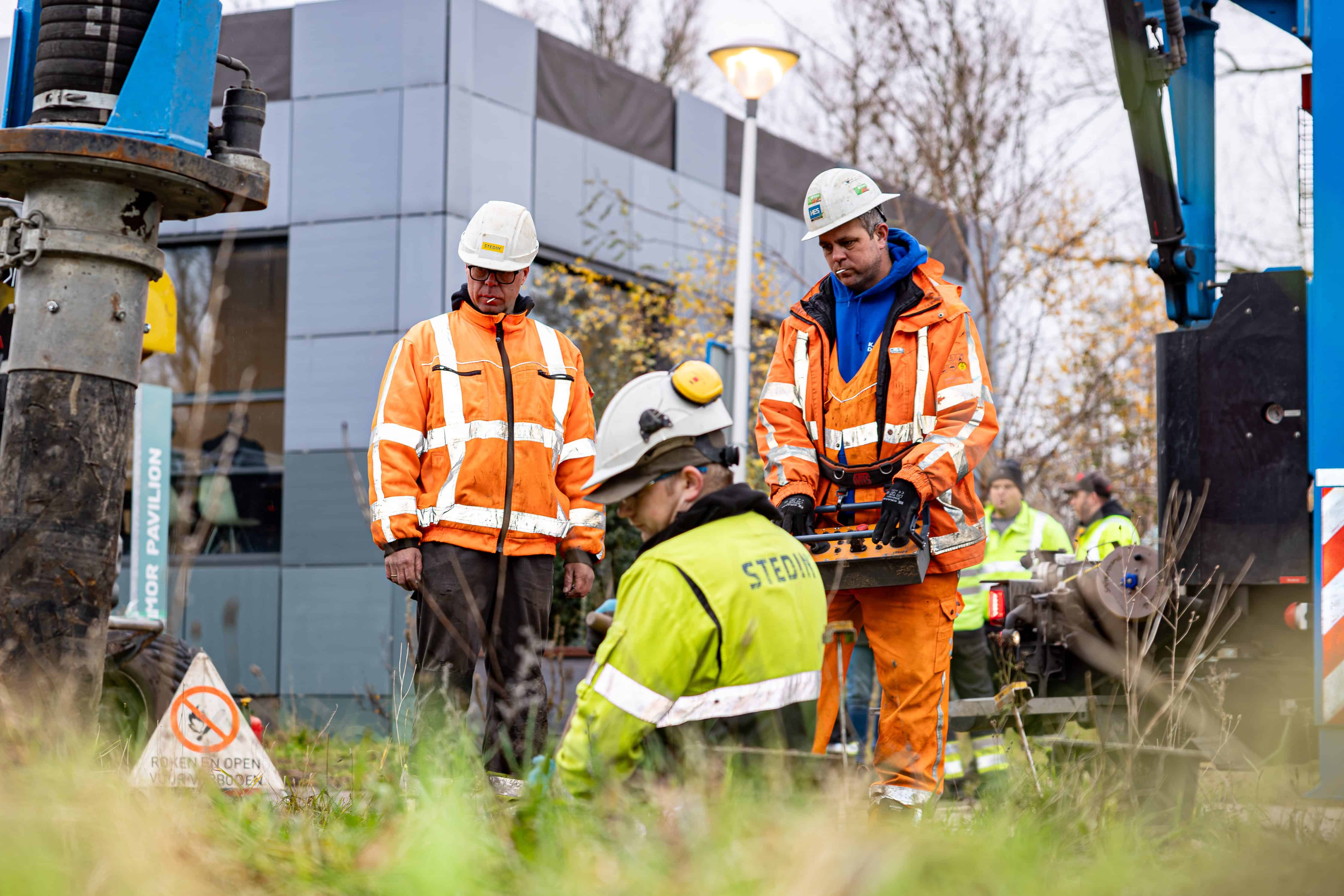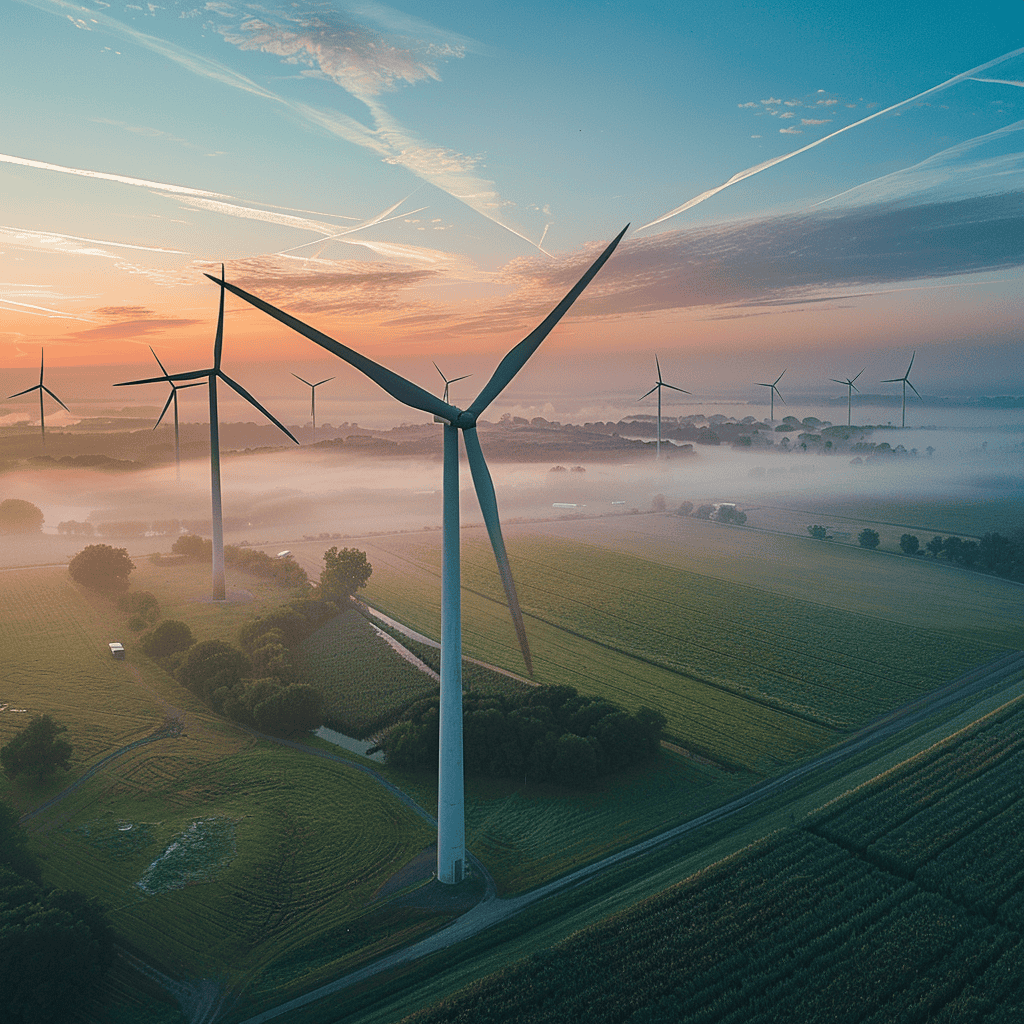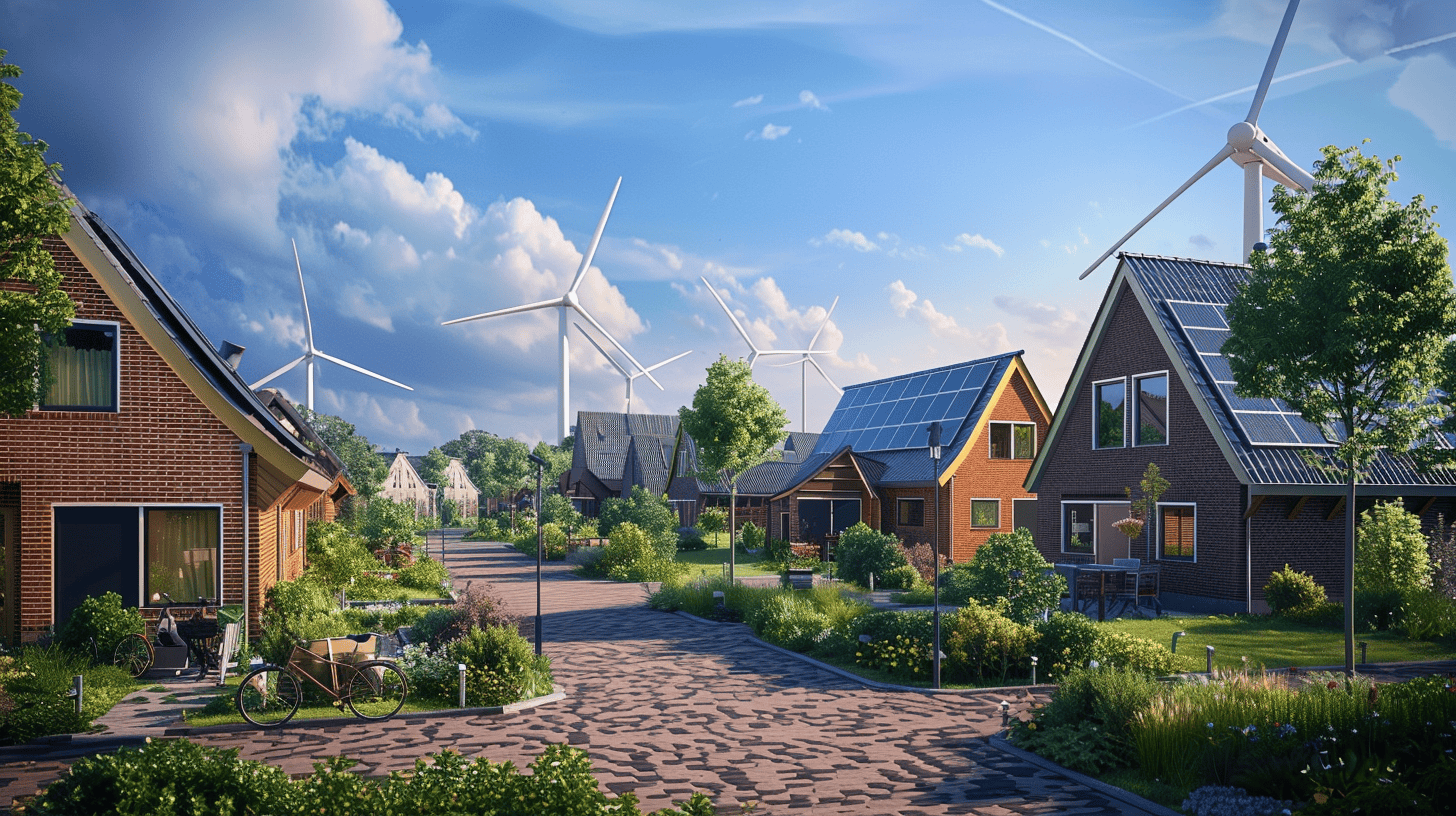
Expanding energy infrastructure is necessary to reduce nitrogen emissions from the industry. New research shows that nitrogen emissions from the construction of that infrastructure are sometimes “paid back” in as little as one year by making the industry more sustainable. In the coming years, energy infrastructure must be vastly expanded throughout the country in order to provide everyone in the Netherlands with electricity, heat, and hydrogen on time.
Why is this important?
Nitrogen rules make it difficult to get permits for larger construction projects. These rules also affect the construction of energy infrastructure, while the result could greatly reduce nitrogen emissions. The Ministry of Economic Affairs & Climate research results may be a way out of that impasse.
The research commissioned by the Ministry of Economic Affairs and Climate (EZK) provides an essential foundation for speeding up the permitting and construction of energy infrastructure. It is one of the ways in which the Multiyear Energy and Climate Infrastructure Program (MIEK) is working to accelerate the construction of (sustainable) energy infrastructure projects.
Nitrogen research
Investigating and permitting nitrogen emissions is necessary but time-consuming and, therefore, delays the construction of (sustainable) energy infrastructure. This is undesirable because energy infrastructure construction and expansion are essential for industry sustainability and housing and transportation development. It is also one of the solutions against the full power grid.
A broad civil society coalition in the Netherlands commented that it is pleased that the construction of energy infrastructure and the associated sustainability of industry has been shown to lead to nitrogen reduction but is now asking the minister to hurry implementation. “With this result, energy infrastructure becomes part of the solution. We emphasize that the legal exploration into speeding up permitting should be taken up as soon as possible and that national and regional projects should be included in the development. The coalition further sees this as the beginning of a solution for other types of renewable energy projects, which are also under pressure from nitrogen issues.”
The study shows that renewable energy infrastructure is necessary to reduce nitrogen emissions from the industry. A temporary release of nitrogen in Natura 2000 areas due to the construction of energy infrastructure can be “recouped” in the short term by reducing nitrogen emissions from industry. In the longer term, therefore, the construction of this infrastructure will structurally reduce emissions and thus have a positive impact on the environment. A condition for this, however, is that the sustainability projects from the industry are realized. This study provides a basis for speeding up the licensing of energy infrastructure projects. Together with the Ministry of LNV, the Ministry of EZK will work this out in the coming months.
Porthos
The delay at the Porthos project, where CO2 is captured and stored in empty gas fields under the North Sea, is a good example of the impact of the nitrogen problem on energy infrastructure projects. There, a lawsuit over nitrogen emissions caused delays in the granting of permits. The Ministry of Economic Affairs asked the research firm De Essentie to investigate the relationship between energy transition and nitrogen emissions from industry. The study includes the sustainability plans of major industry clusters and the national energy infrastructure. These include TenneT’s high-voltage grid, the places where wind energy is brought ashore from the sea, Gasunie’s hydrogen network, hydrogen import initiatives, production of green hydrogen (electrolyzers), transport of sustainable raw materials (the Delta Rhine Corridor) and projects to capture and store CO2 (CCS).








